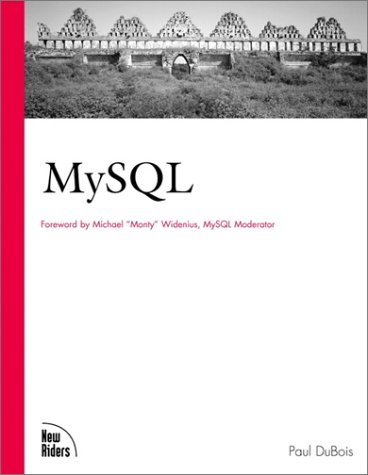What do you think?
Rate this book


756 pages, Paperback
First published December 28, 1999
A thorough, detailed, and extra large guide to the MySQL open source relational database system. I was quite happy with it, except for the occasional fits of MySQL cheerleading the book occasionally descends into. When you plunk down for a 1200 page book on something, you probably don't need to be convinced to use it. And despite the book's rah-rahs, I still prefer Postgres.